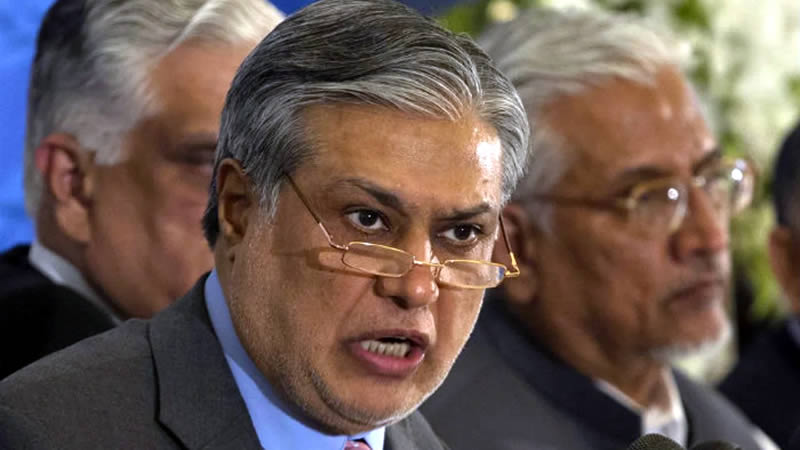 NEW DELHI: India continued to be the largest recipient of remittances in 2010, with the figure rising from $49.6 billion in 2009 to $55 billion. It was also the country with the second largest number of emigrants (those migrating abroad) after Mexico, according to the World Bank’s just-released Migration and Remittances Factbook 2011.
NEW DELHI: India continued to be the largest recipient of remittances in 2010, with the figure rising from $49.6 billion in 2009 to $55 billion. It was also the country with the second largest number of emigrants (those migrating abroad) after Mexico, according to the World Bank’s just-released Migration and Remittances Factbook 2011.
Interestingly, even as 11.4 million people from India went abroad, 5.4 million came into the country, making India No. 10 in the list of nations attracting the most immigrants — and No. 2 in Asia, behind only Saudi Arabia.
India and China, which received $51 billion in remittances, account for almost a quarter of the worldwide remittance flows of $440 billion in 2010, the report estimated. High-income OECD countries account for just $107 billion of the global remittance flow.Not surprisingly, it is the developing countries that receive the bulk — $325 billion, an increase of 6% from 2009. Middle-income countries including China, Russia, Mexico, India, Pakistan, Egypt, and Turkey receive the lion’s share of over $301 billion, while low-income countries including Bangladesh, Tajikistan, Nepal, Uganda and Cambodia receive just $24 billion. Bangladesh alone accounts for over $11 billion.
The true size of remittances, including unrecorded flows through formal and informal channels, is believed to be significantly larger. Interestingly, even recorded remittances in 2009 were nearly three times the amount of official foreign aid and almost as large as foreign direct investment (FDI) flows to developing countries.
The factbook estimated the total number of international migrants or people living outside their country of birth in 2010 to be 215 million persons, or 3% of the world’s population, only a marginal increase over the levels recorded in 2005.
Meanwhile, the World Migration Report 2010, brought out by the International Organization for Migration said that about 57% of all migrants live in high income countries, up from 43% in 1990. Migrants now make up 10% of the population of high-income regions, up from 7.2% in 1990.
The US remains the top migrant destination country in the world, with 42.8 million migrants in 2010 compared to 34.8 million in 2000, according to the World Bank report. However, just over 2.2 million Americans live outside the US, less than 1% of the country’s population. Besides the US, other top destination countries are Russia, Germany and Saudi Arabia in that order.
The US also recorded the largest outflow of remittances in 2009 — $48 billion — followed by Saudi Arabia with an outflow of $26 billion and Switzerland and Russia accounting for less than $20 billion of outflows each.
Many of the big destination countries are also origin countries like Germany, the UK, Ukraine, Russia and India. The top immigration countries relative to population are Qatar where migrants make up 87% of the population, Monaco (72%), the United Arab Emirates (70%), Kuwait (69%) and Andorra (64%).
The Migration Report said that for Asia too, the US was the main destination with 7.9 million Asian emigrants going to that country. Asians are the second-most numerous group of migrants in the US, next to Mexicans, with over 10 million people a 27% share of the total migrant population — made up of nearly 2 million Chinese, 1.7 million Filipinos and 1.6 million Indians.
Interestingly, India happens to be among the most important destination for Asian migrants, second only to the US, going by the number of migrants — 6.1 million. However, this is primarily from Bangladesh, Nepal and Pakistan. Approximately 37% of Asian migrants move to OECD countries, 43% migrate within the region and the rest migrate to other countries outside the region – TimesofIndia











